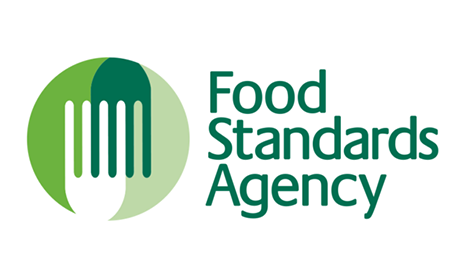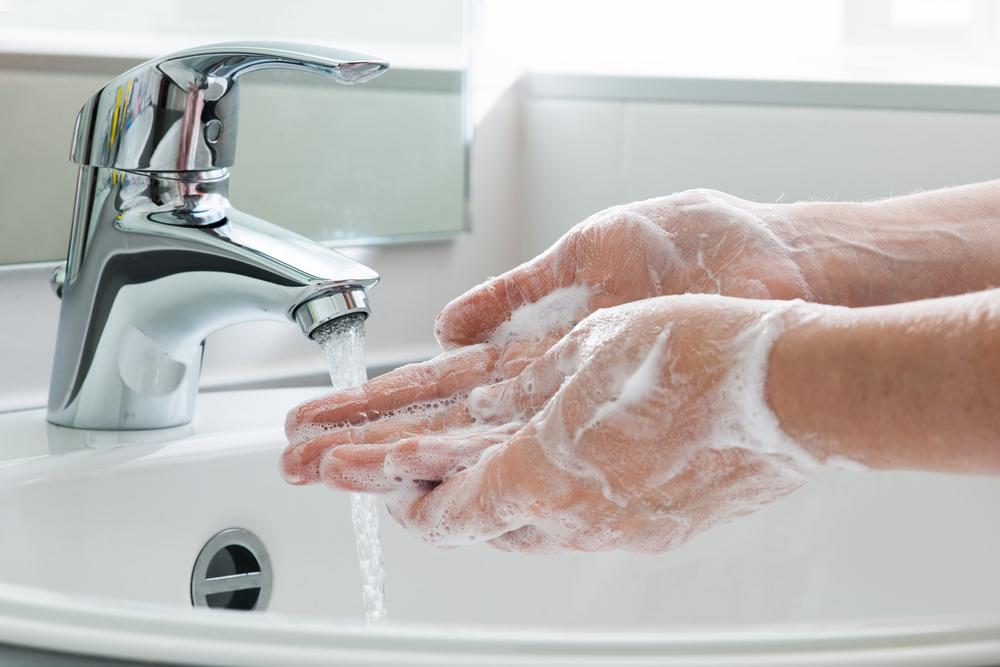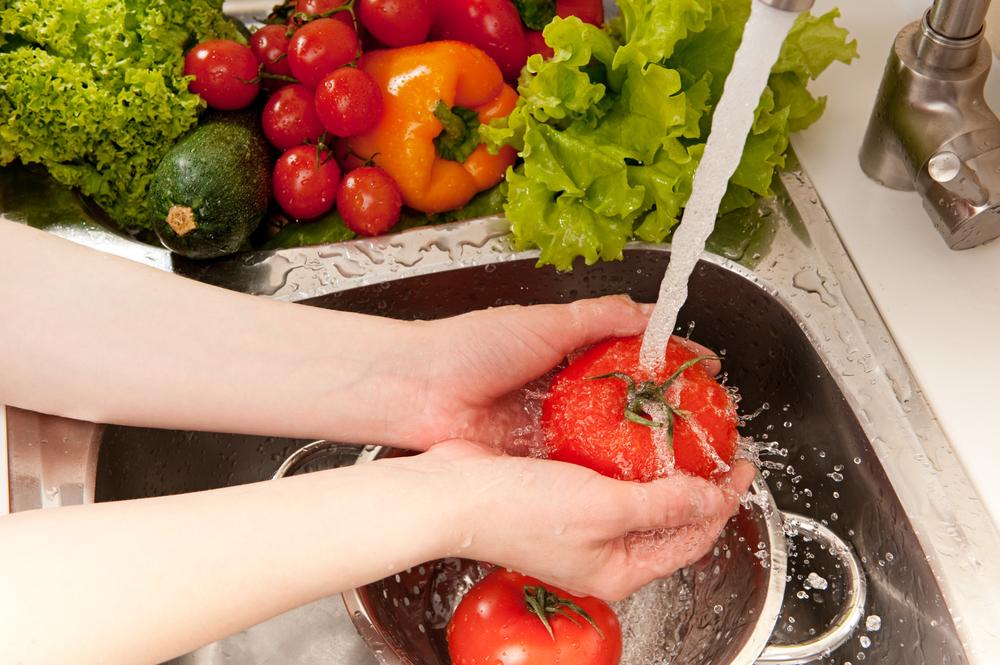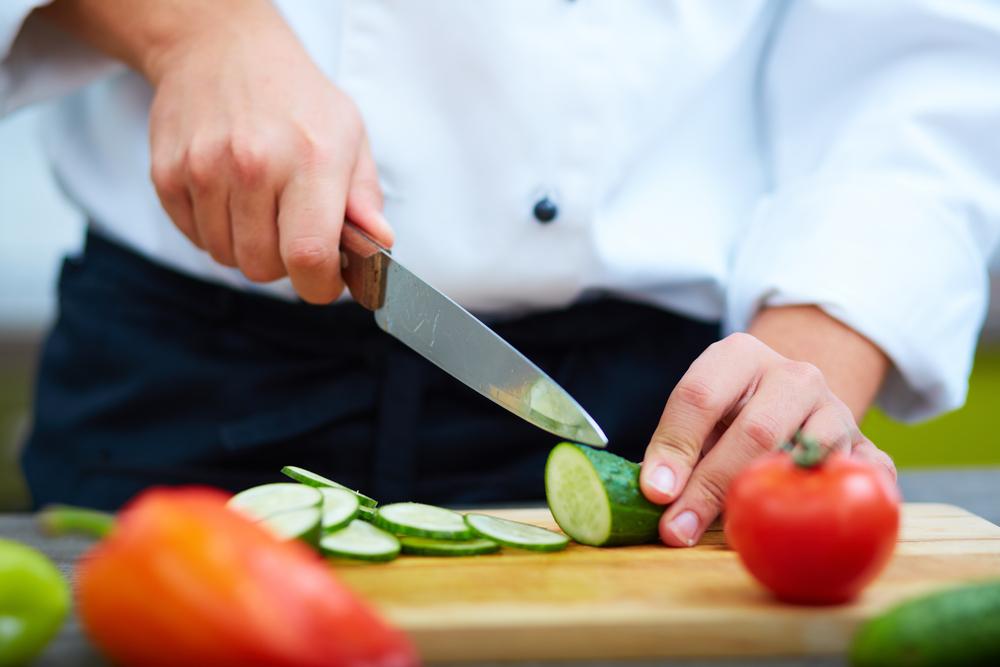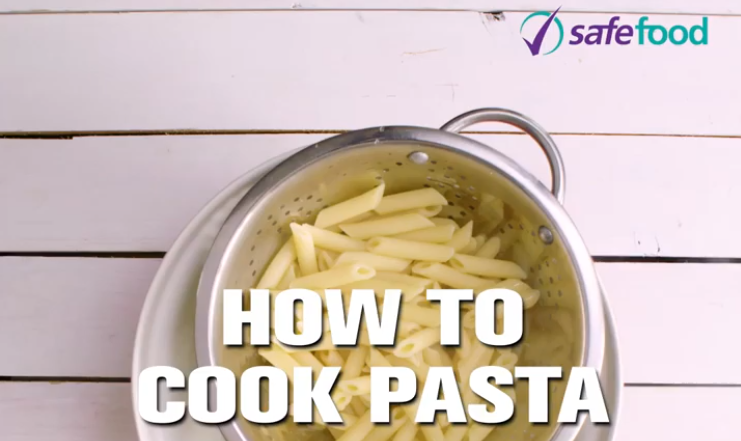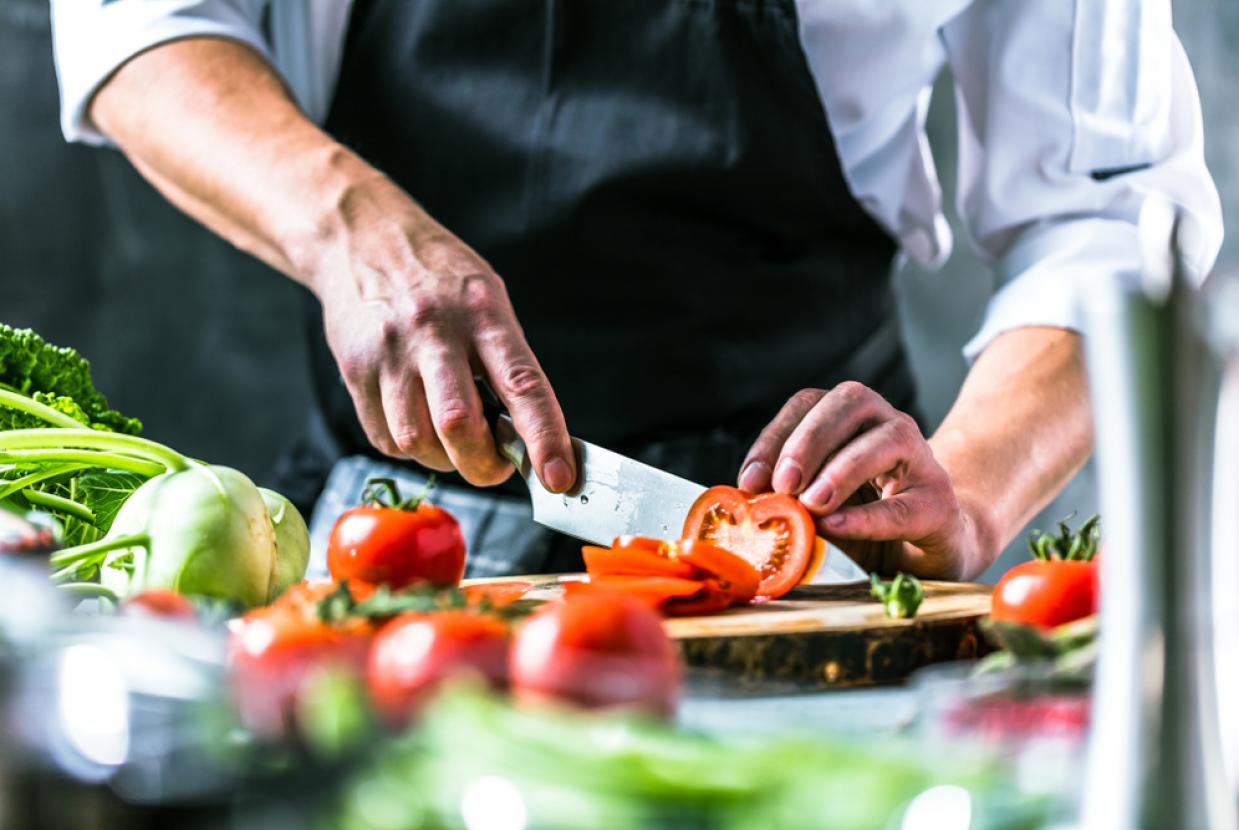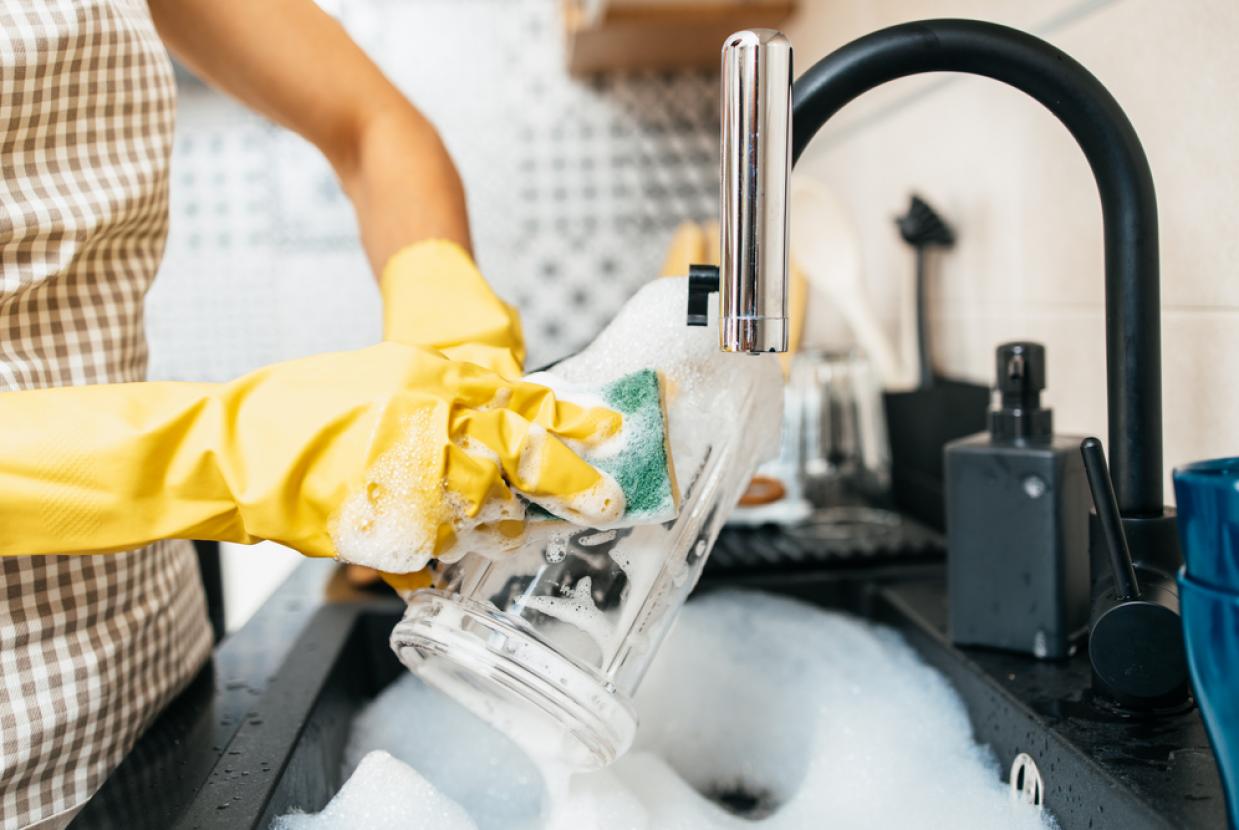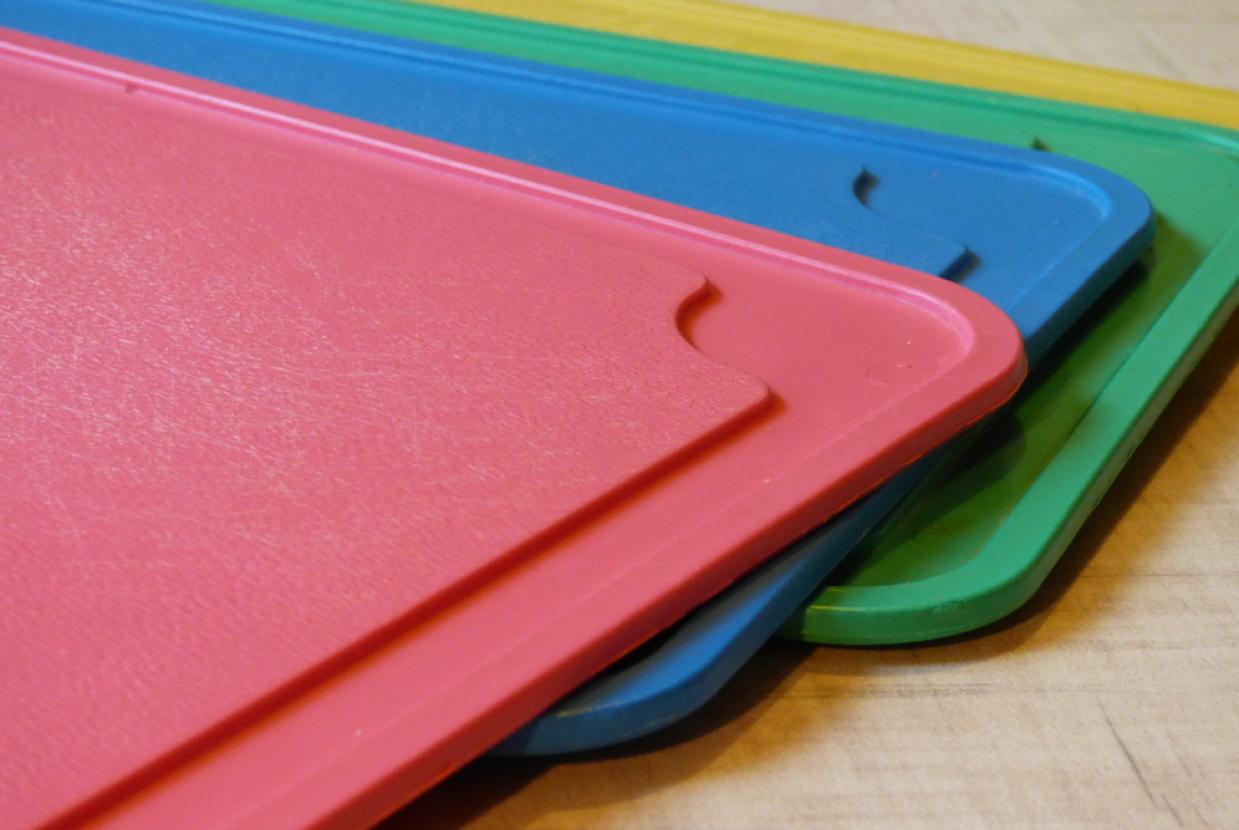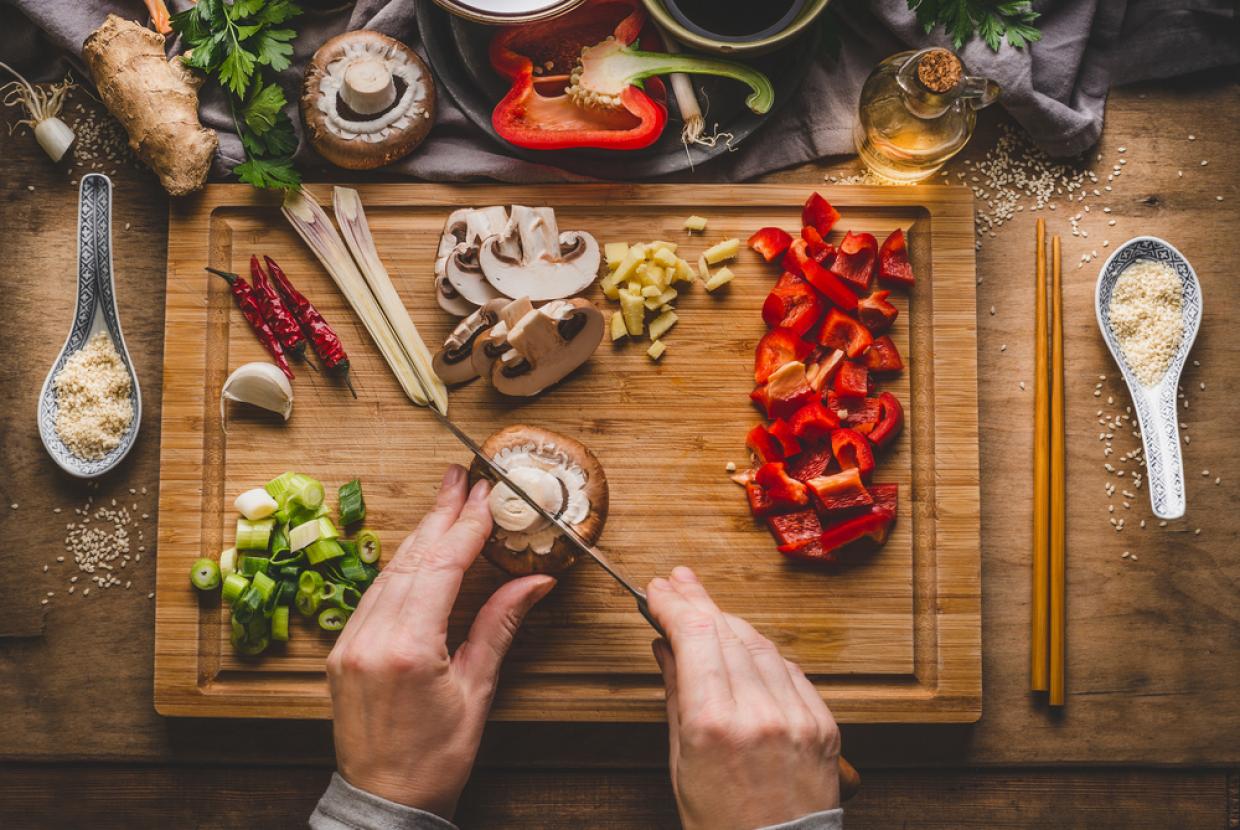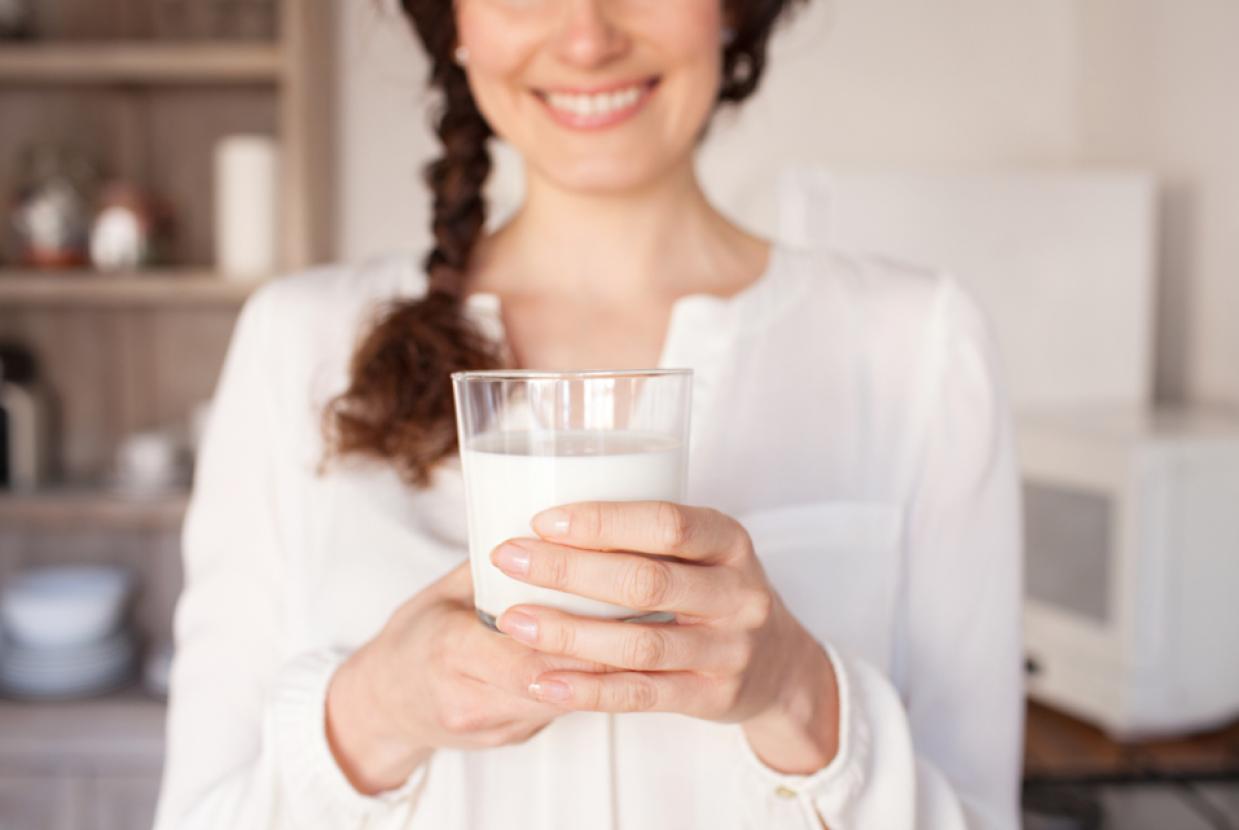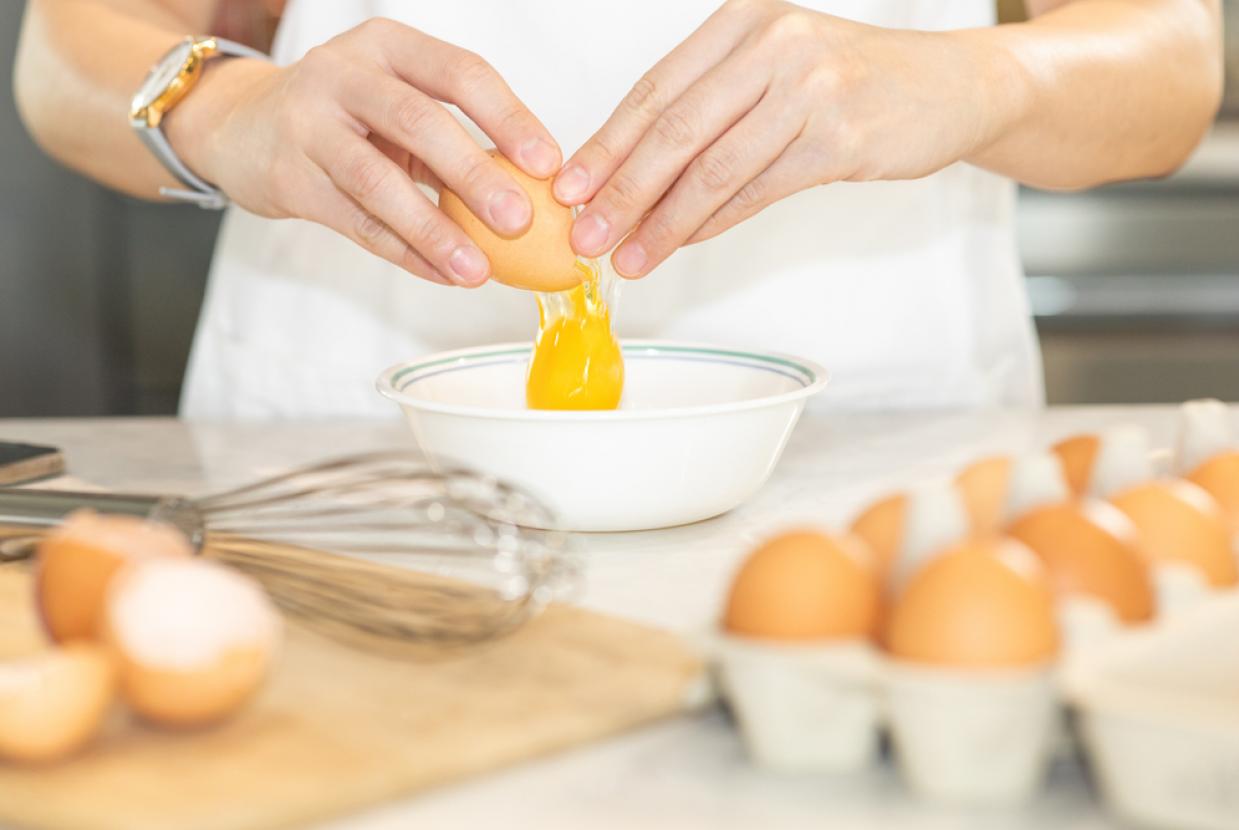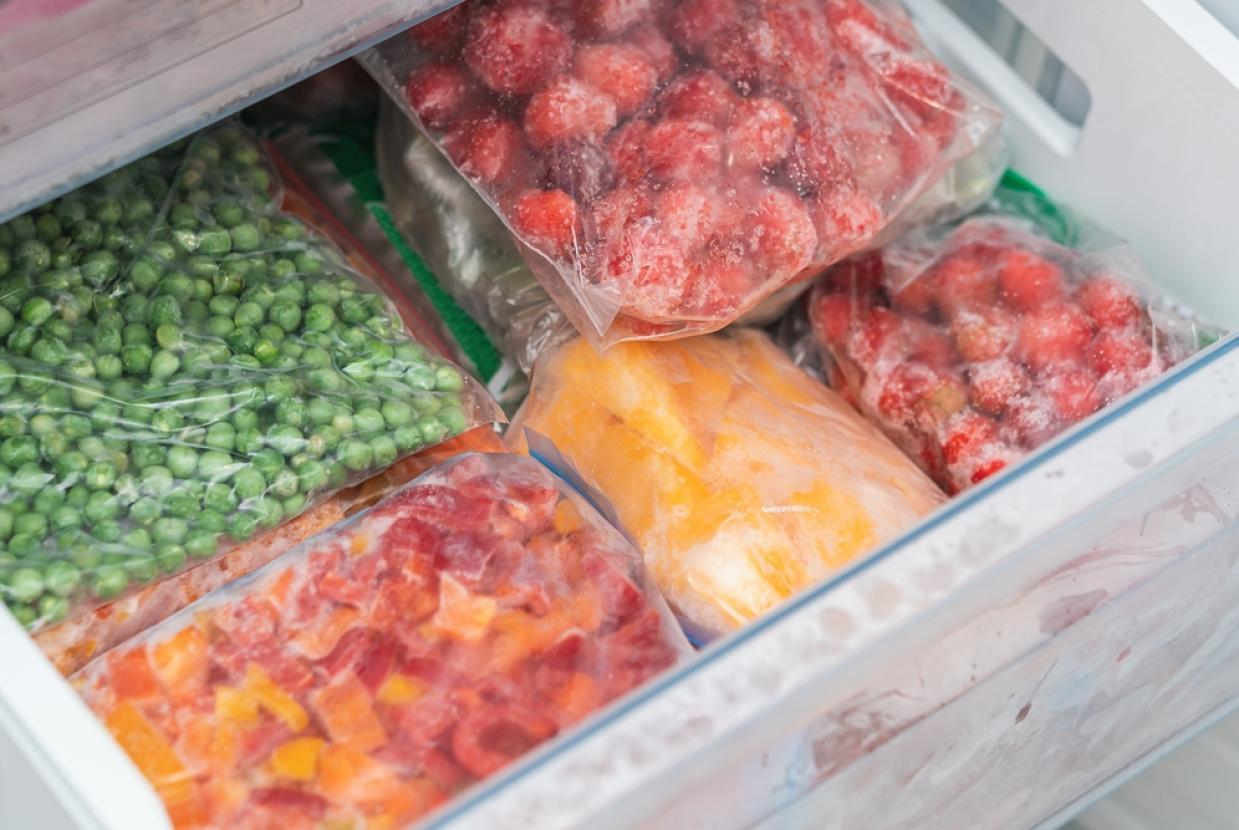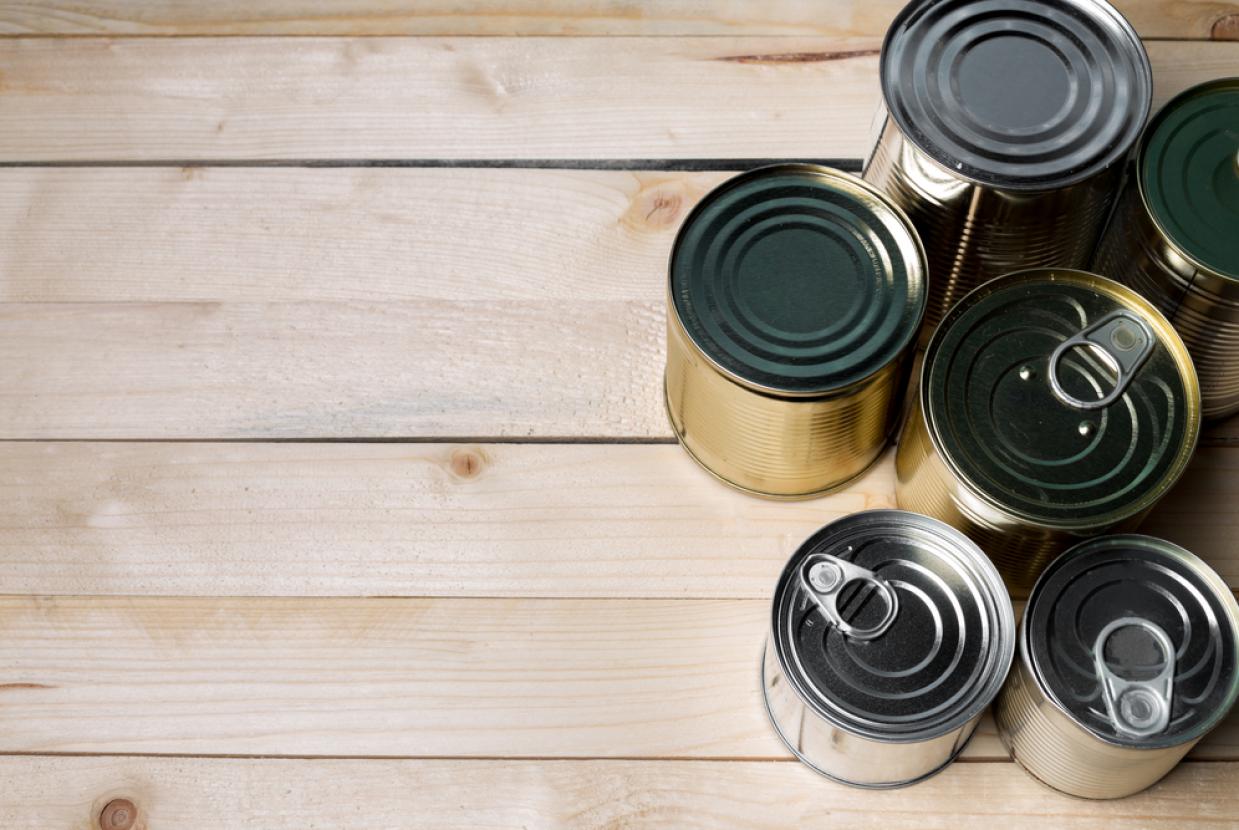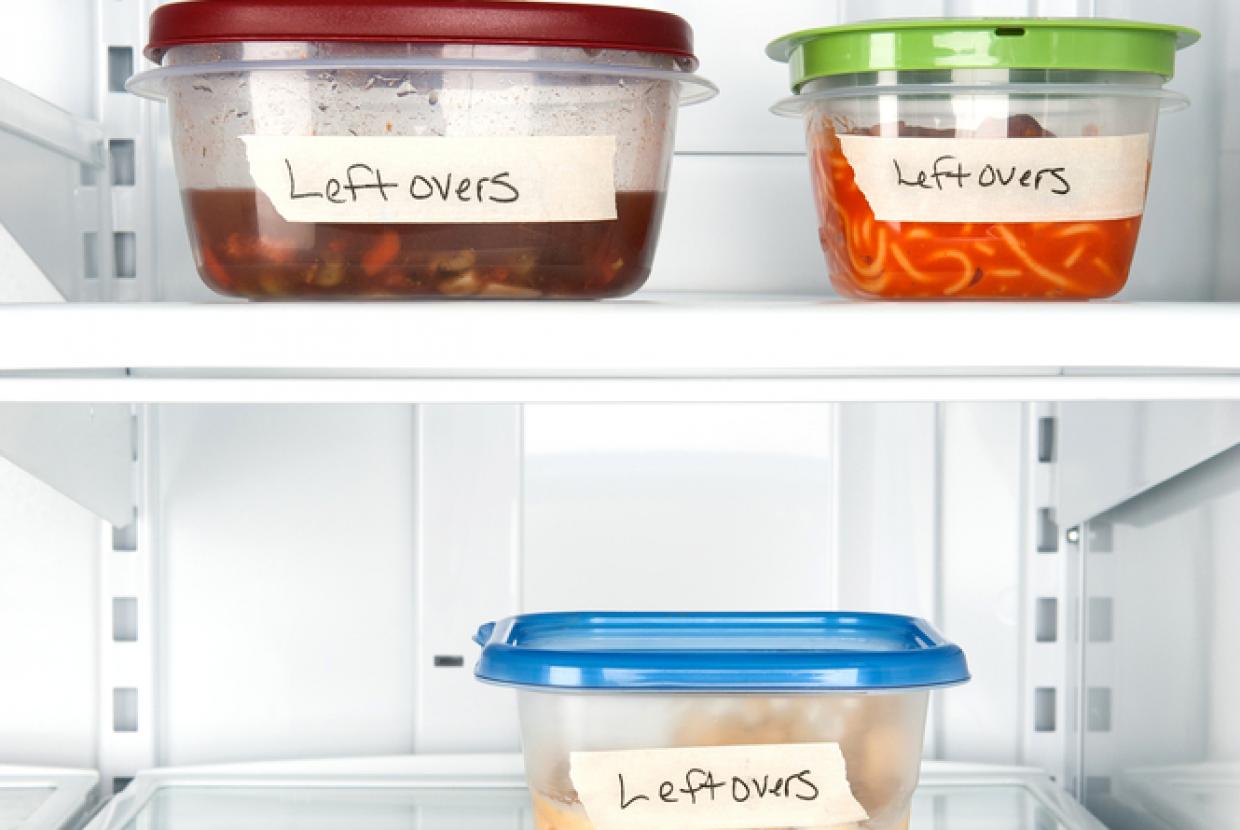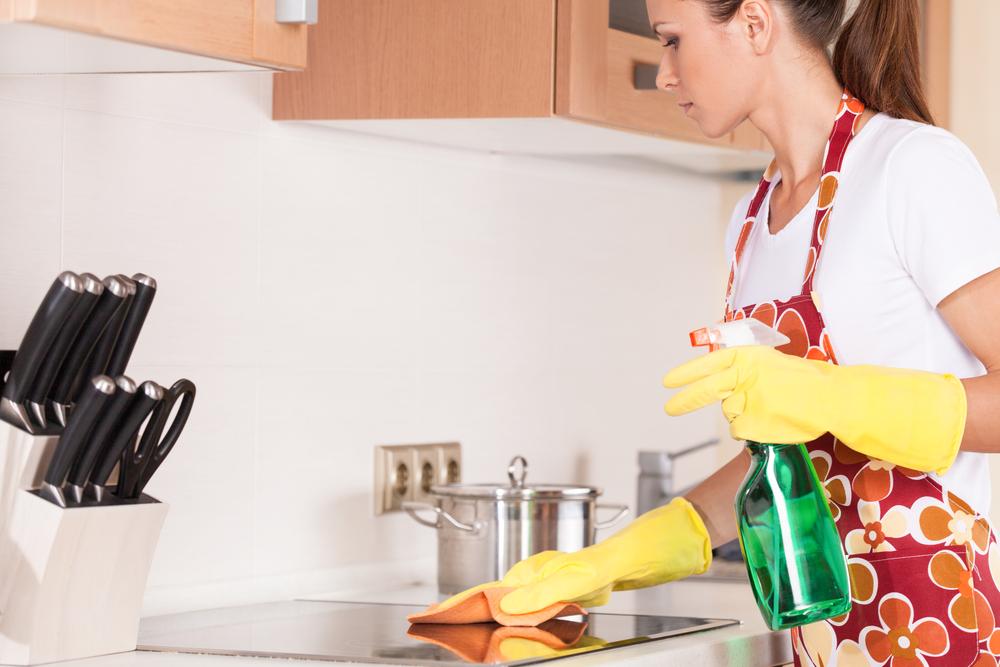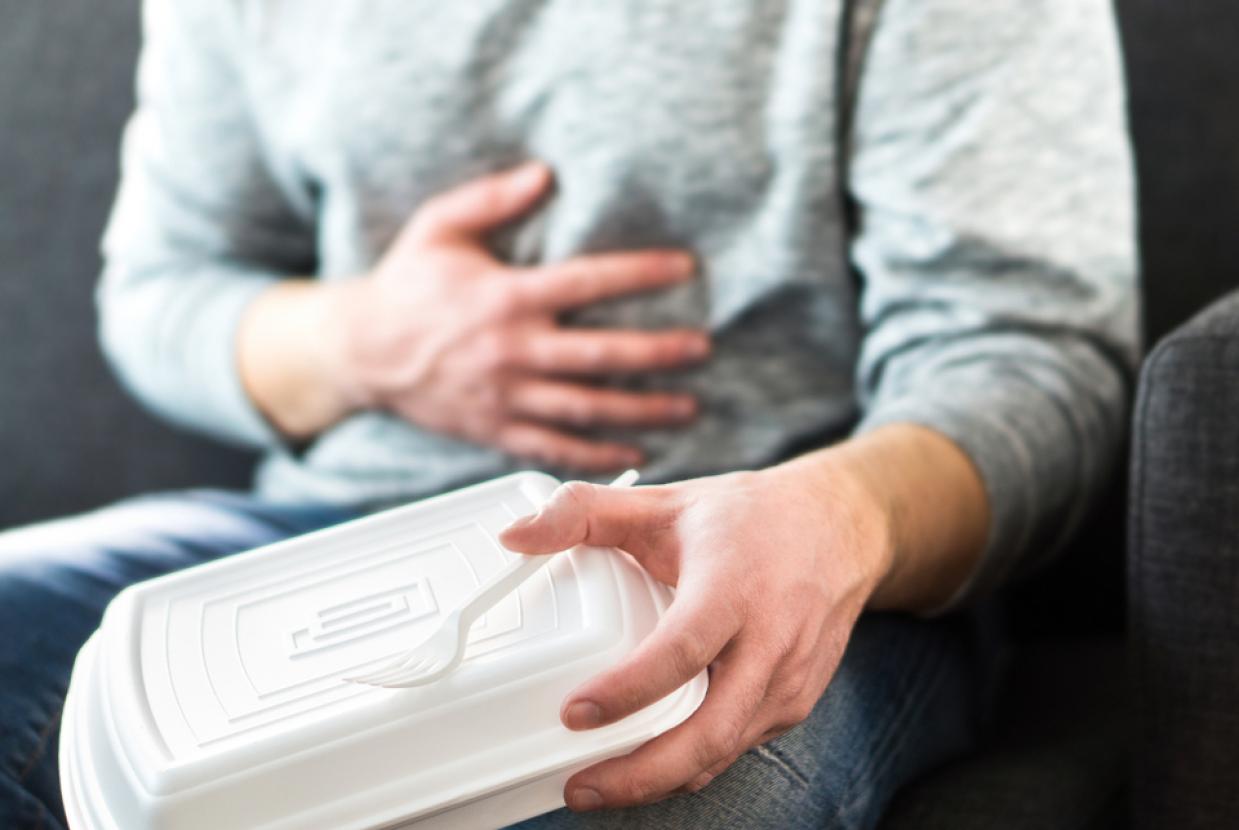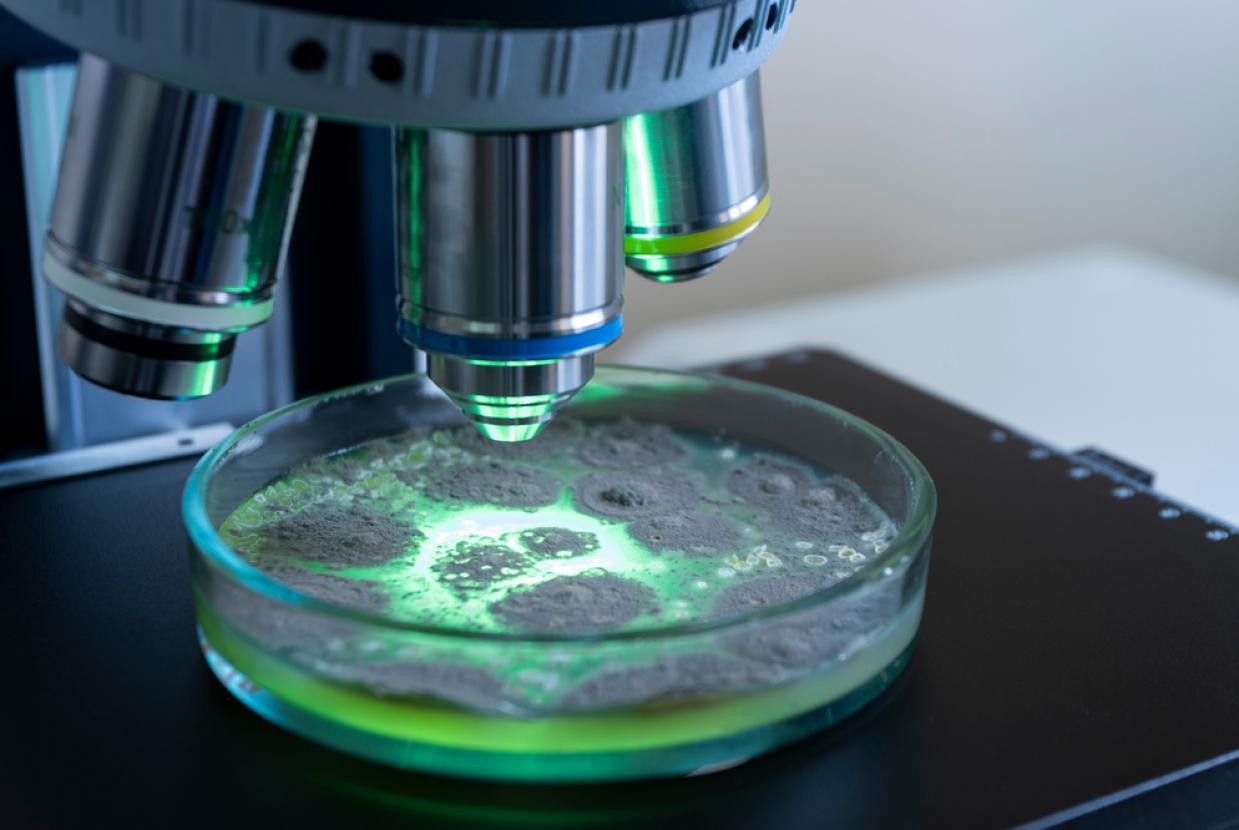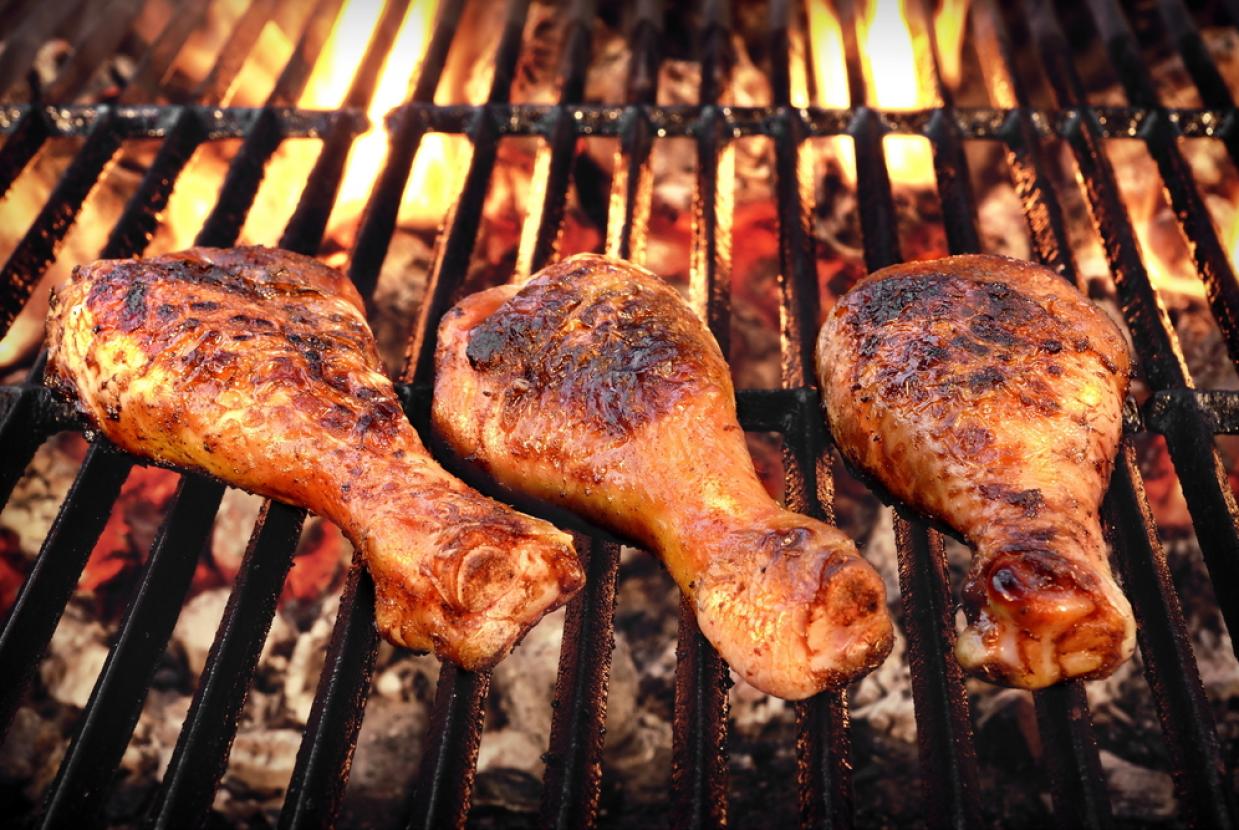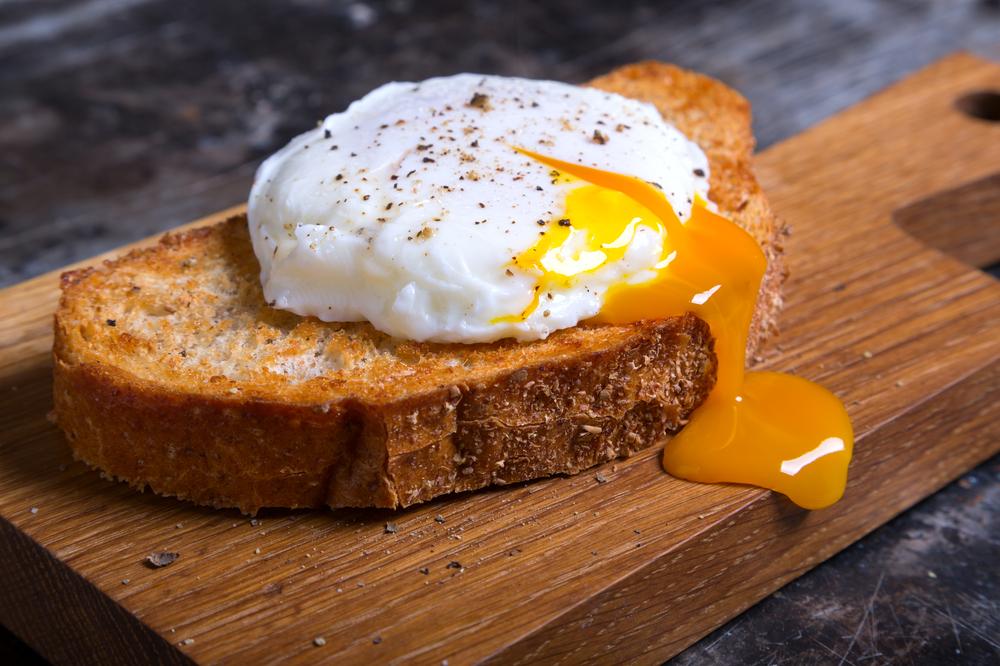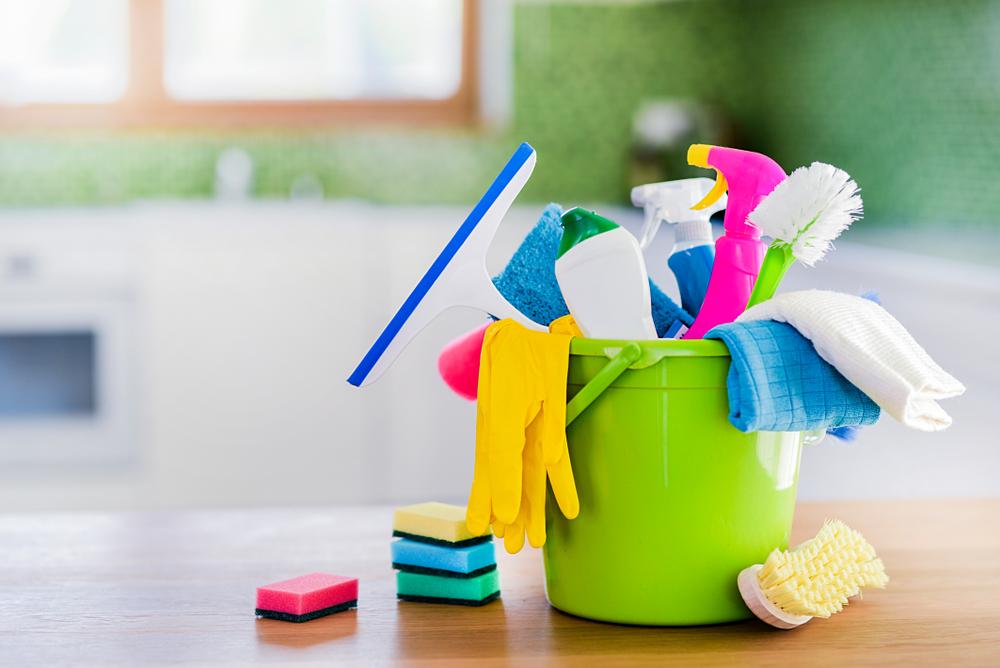BBQ Food Safety
Food SafetySummer is a great time to enjoy a BBQ with family and friends. Warm weather and outdoor cooking can be the perfect conditions for bacteria to grow. Then there are the risks of spreading bacteria from raw meat to ready to eat food, along with the risk of undercooked meat.
All this means food poisoning can easily become an unwelcome guest at your barbecue. Food poisoning is more than just a passing ‘tummy bug’ and can be very serious. It can be caused by various bacteria including:
- Campylobacter
- Salmonella
- Listeria
- E. coli
Food poisoning can be avoided by following good food hygiene practices, such as washing your hands, cooking meat properly, and avoiding cross-contamination. So, here's what you need to do before, during, and after your BBQ to protect you and your guests from food poisoning.
Preparing for your BBQ
Before you fire up the grill, you may find our following tips useful.
Clean the grill
If your barbecue has been sitting out in the garden for a while, inspect and clean it. Even if you’ve recently used your equipment, it’s good practice to clean and dry the grill beforehand, we advise you to follow manufactures instructions for cleaning and maintenance.
Cooking on charcoal
If you’re using charcoal (rather than a gas-fired BBQ) make sure the coals are hot enough before you start cooking. They should be glowing red with a grey, powdery surface.
Wash your hands and clean your utensils and surfaces
Effective cleaning gets rid of bacteria on hands, equipment, and surfaces. This helps to stop harmful bacteria from spreading onto food. Help minimise the risk of germs spreading by:
- washing hands thoroughly with soap and warm water before food preparation and after cooking and eating - this is particularly important if you've been handling raw meat, BBQ firelighters and charcoals
- keeping food covered and chilled until you are ready to cook on the BBQ
- keeping utensils and serving dishes clean when preparing food - make sure you don't mix utensils used to prepare raw and ready-to-eat dishes - for example, using different chopping boards for raw meat and vegetables or fruit, or washing the same board between different uses
- never washing raw chicken or any other meat - washing raw meat risks splashing germs onto your hands, utensils, and worktops
Defrosting meat
Frozen meat tends not to cook through thoroughly on a BBQ. Plan ahead and defrost food overnight in the fridge, making sure juices don’t leak onto other food. Use a dish with a lip or rim and place in the bottom of the fridge.
If this isn’t possible or it hasn’t defrosted fully in time, use a microwave on the defrost setting directly before cooking. Once food has been defrosted, cook and eat it within 24 hours.
Check the use-by dates
The use-by date is on food packaging for a reason. Eating food that’s past its use-by date can make you ill. Best before dates (sometimes shown as BBE) are about quality. The food will be safe to eat after the best before date but may not be at its best.
Avoid cross-contamination
Cross-contamination is most likely to happen when raw food touches or drips onto ready-to-eat food, utensils, or surfaces. Prevent cross-contamination by:
- storing raw meat separately from ready-to-eat foods
- using different utensils, plates and chopping boards for raw and cooked food
- washing your hands after touching raw meat and before you handle ready-to-eat food
Marinades are a popular way to flavour food at a BBQ. Do not reuse a sauce or marinade, which has already been put on raw meat, with cooked or ready to eat food. Be careful to avoid dripping meat and fish juices from raw food to ready to eat food. If your marinade has not been in contact with raw meat or food, then it will be fine to use as a sauce if you wish to.
Cook meat in the oven first
Consider cooking chicken and pork in the oven first, then giving it a final finish on your barbecue. Your friends and family will still experience that chargrilled barbecue taste, and you will know that you have cooked the meat all the way through. If you’re expecting lots of people, this can also speed serving time up.
Cooking meat in the oven first can also help you avoid other issues, such as with the BBQ coals not being hot enough or having too much food on the grill.
Cook BBQ meat properly
It’s important to cook food at the right temperature and for the correct length of time. This kills any harmful bacteria that may be present. Different types of meat will have different cooking requirements:
- red meat such as steaks can be served pink, rare or bloody and will be safe to eat as long as the surface has been adequately seared
- other meats, like chicken and pork, as well as minced meat products such as burgers, kebabs and sausages, should not be served pink or rare as bacteria can be in the meat
Turn your meat regularly on the grill and move it around to make sure it’s evenly cooked on all sides. Try and keep raw meat away from cooked meat on the grill - consider dedicating a section of the BBQ for cooked meat. Remember that charred on the outside doesn't always mean cooked on the inside.
Before serving always check that:
- the meat is steaming hot throughout
- there is no pink meat visible when you cut into the thickest part
- meat juices run clear
Avoid pink burgers and undercooked sausages
At home, you should serve burgers well done. This means not serving rare or pink burgers. This is because when meat is minced to produce burgers, any harmful bacteria from the surface of the raw meat spread throughout the burger.
Unless the burger is cooked right through, these bacteria can remain alive on the inside. This also applies to all food made from minced meat, such as sausages and kebabs. The quality of the meat you buy doesn't affect the potential risk from harmful bacteria.
Rare burgers can be served by some restaurants due to extra controls they’re able to put in place. These are difficult to replicate at home.
Serving food safely at a BBQ
You should use different plates for raw meat, cooked meat, and ready to eat food such as salads and quiches. Use different utensils for different foods.
Keep chilled food out of the fridge for the shortest time possible during preparation. This also applies to any dessert you have planned. It’s best to store chilled food in the fridge or cool bag (with ice packs) until the main course is finished, or if the plates need topping up. You may also want to keep any food usually kept in the fridge, chilled and out of the sun until serving.
Managing leftovers
You may have food left from your barbecue that can be eaten another day. If so, cover and cool cooked foods quickly at room temperature. Place them in a fridge or cool bag (with ice packs) within one to two hours, especially on hot days.
Take the leftovers indoors as soon as you can. This keeps the food out of the sun and away from insects and animals. You should look to consume the leftovers from your barbecue within 48 hours. If you’re reheating anything, only reheat it once and make sure it’s steaming hot before serving.
While we should all try and avoid food waste where possible, don’t risk food poisoning if you’re in any doubt about the safety of your BBQ food.


